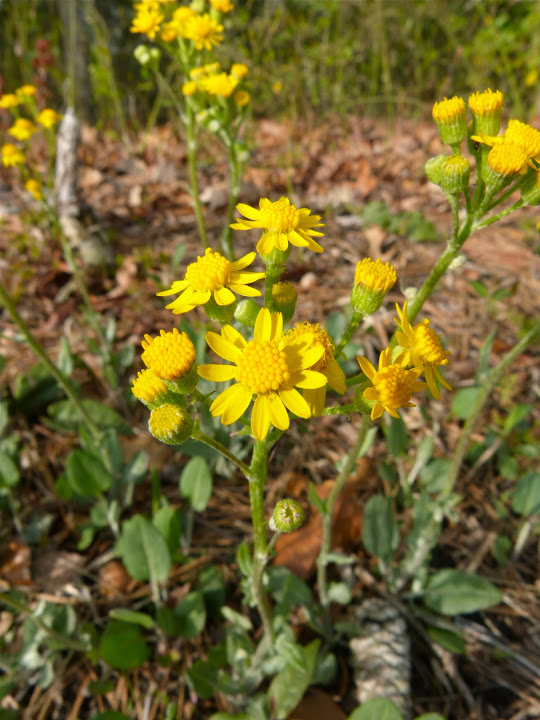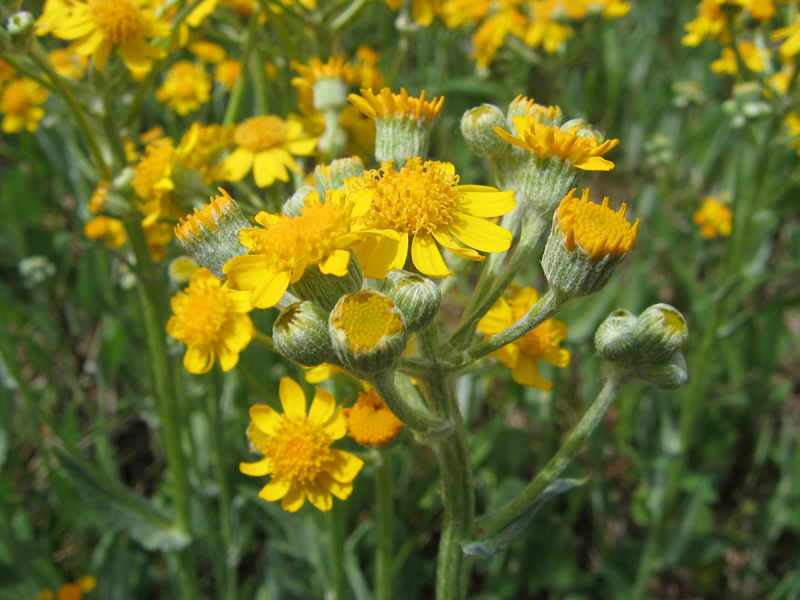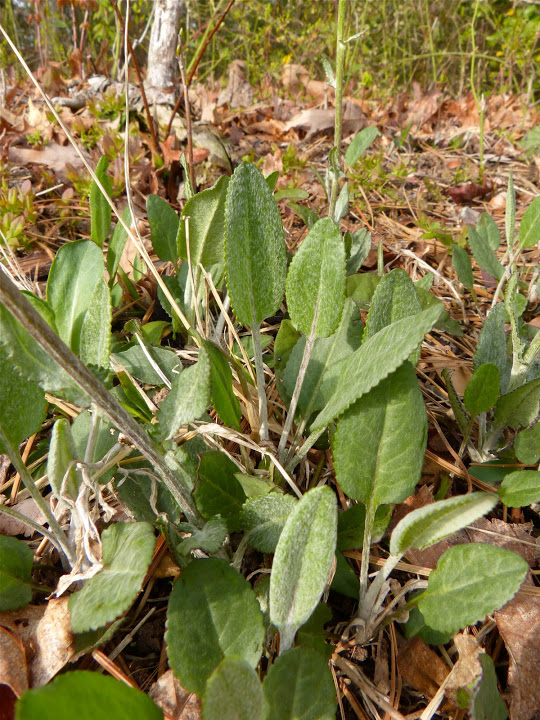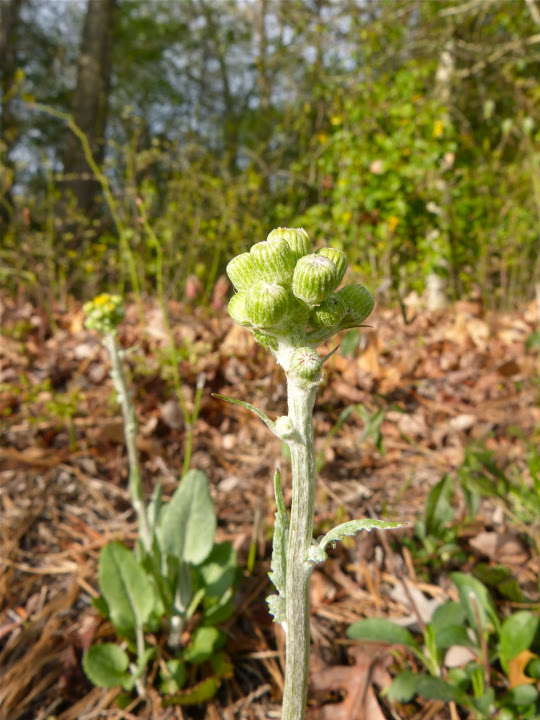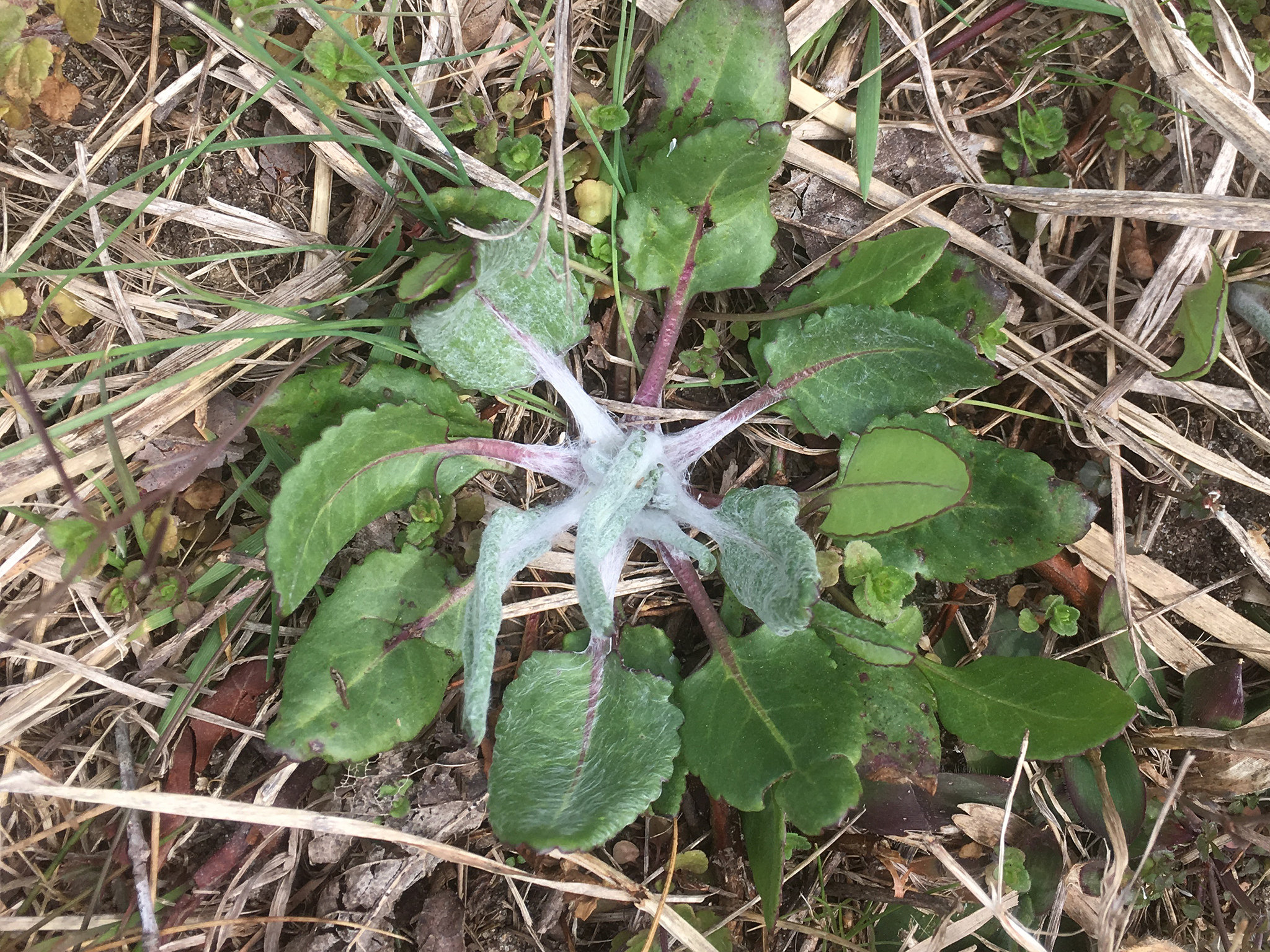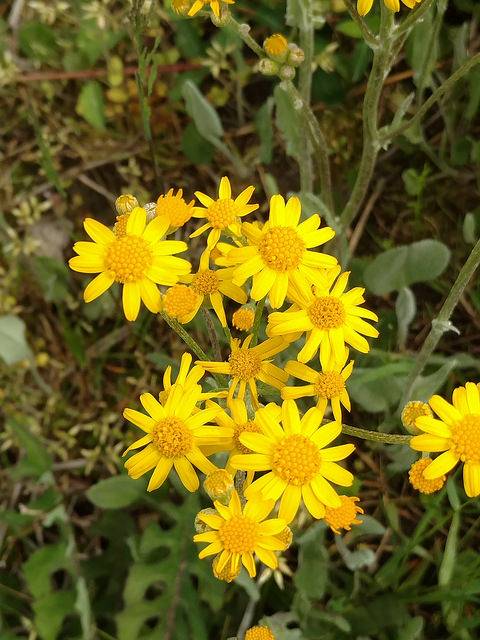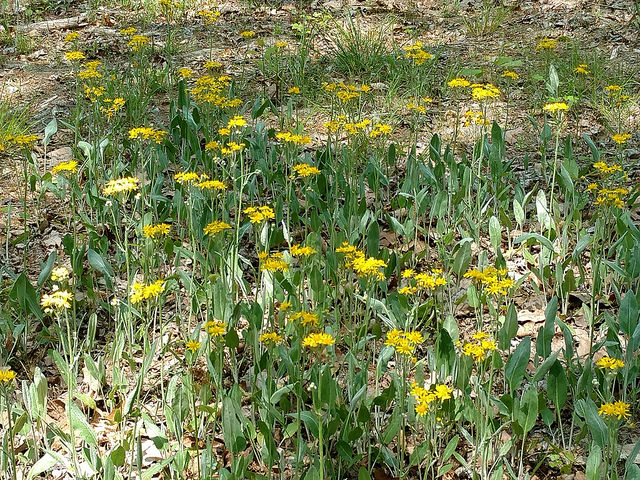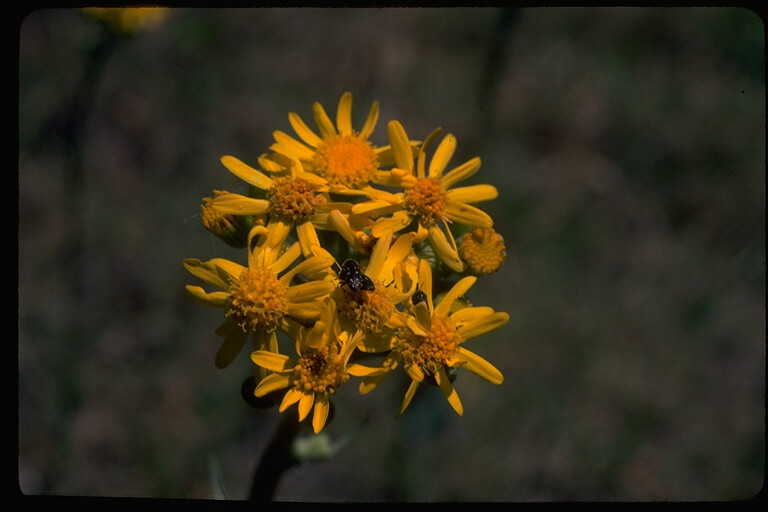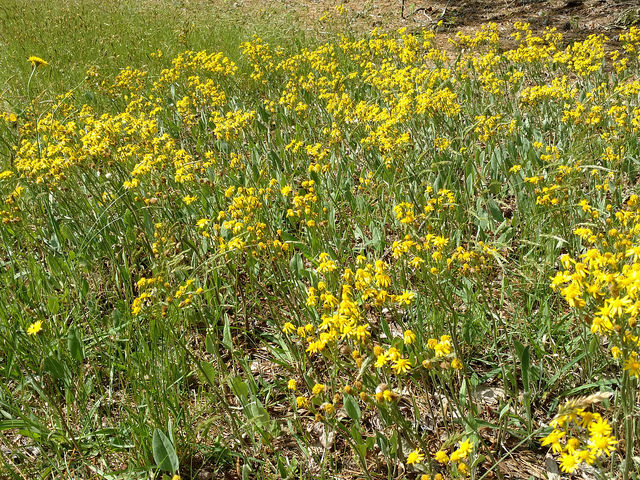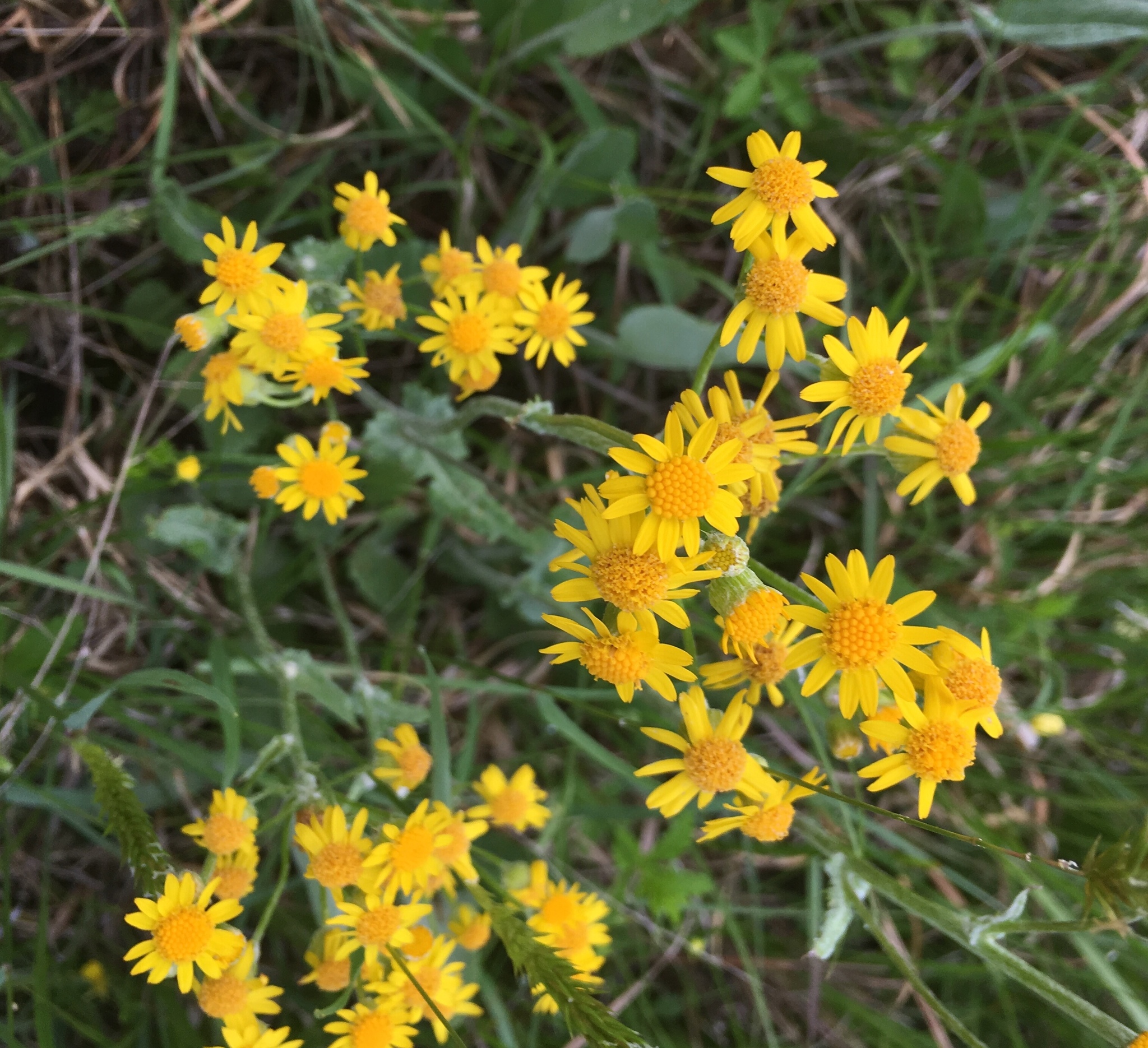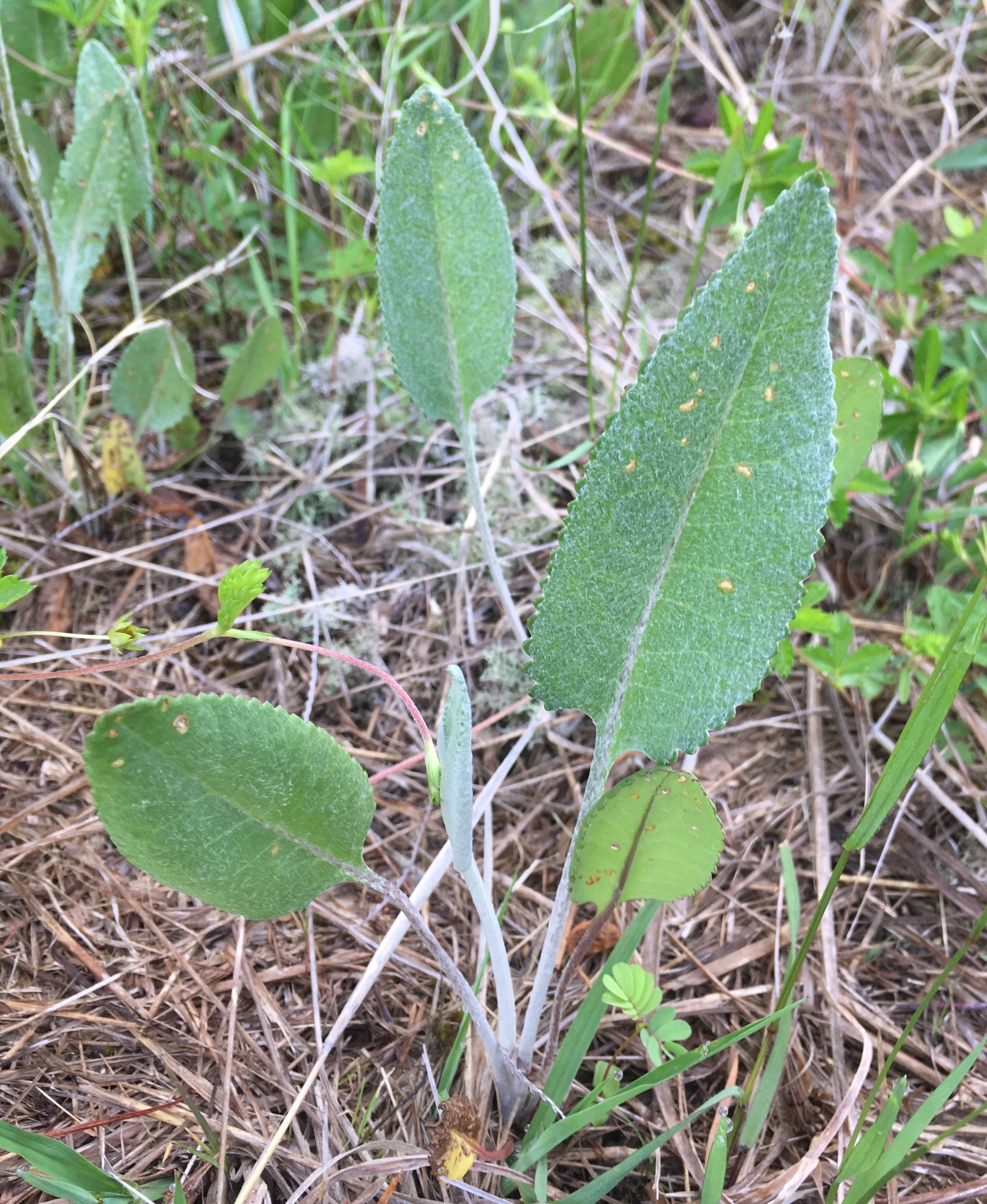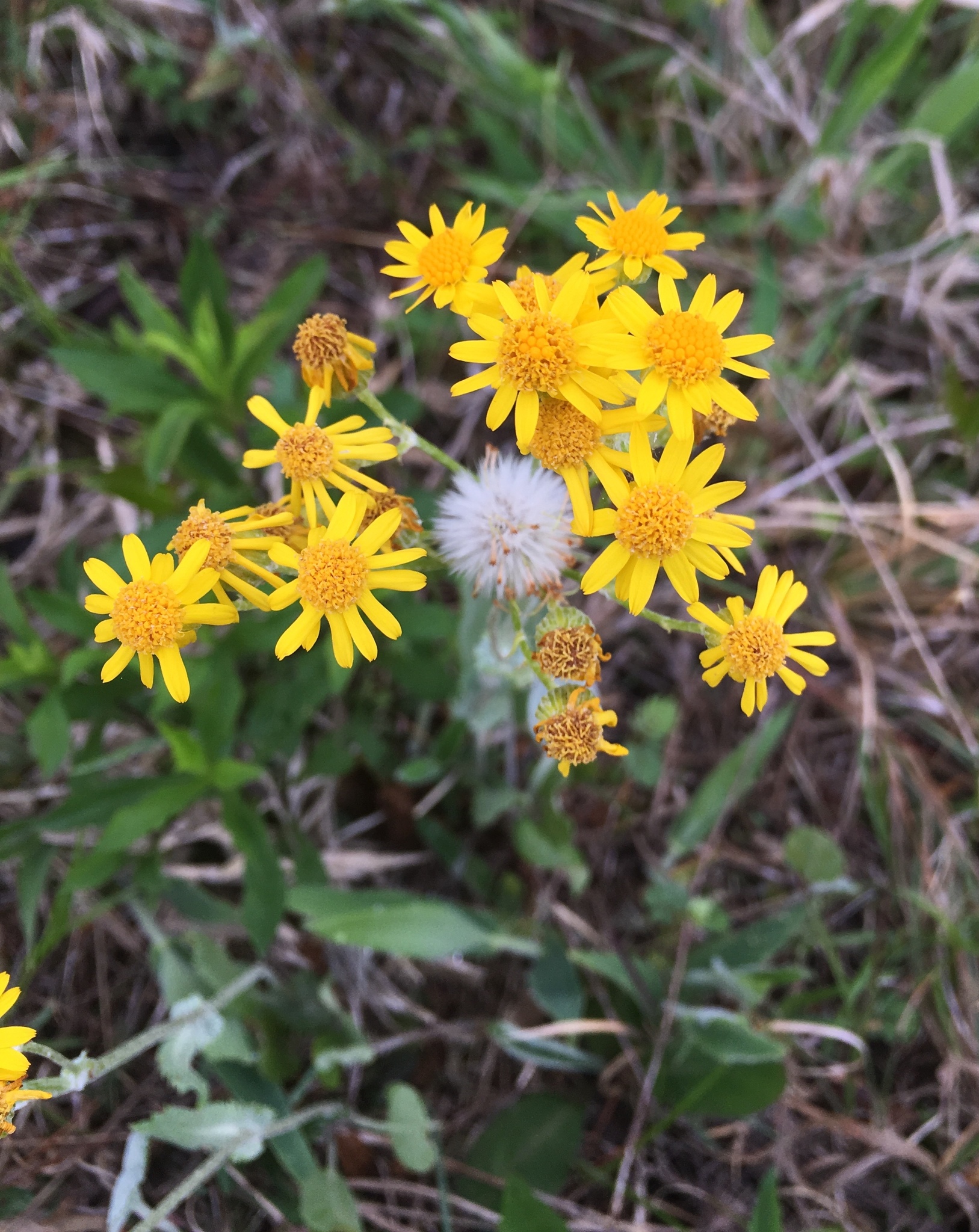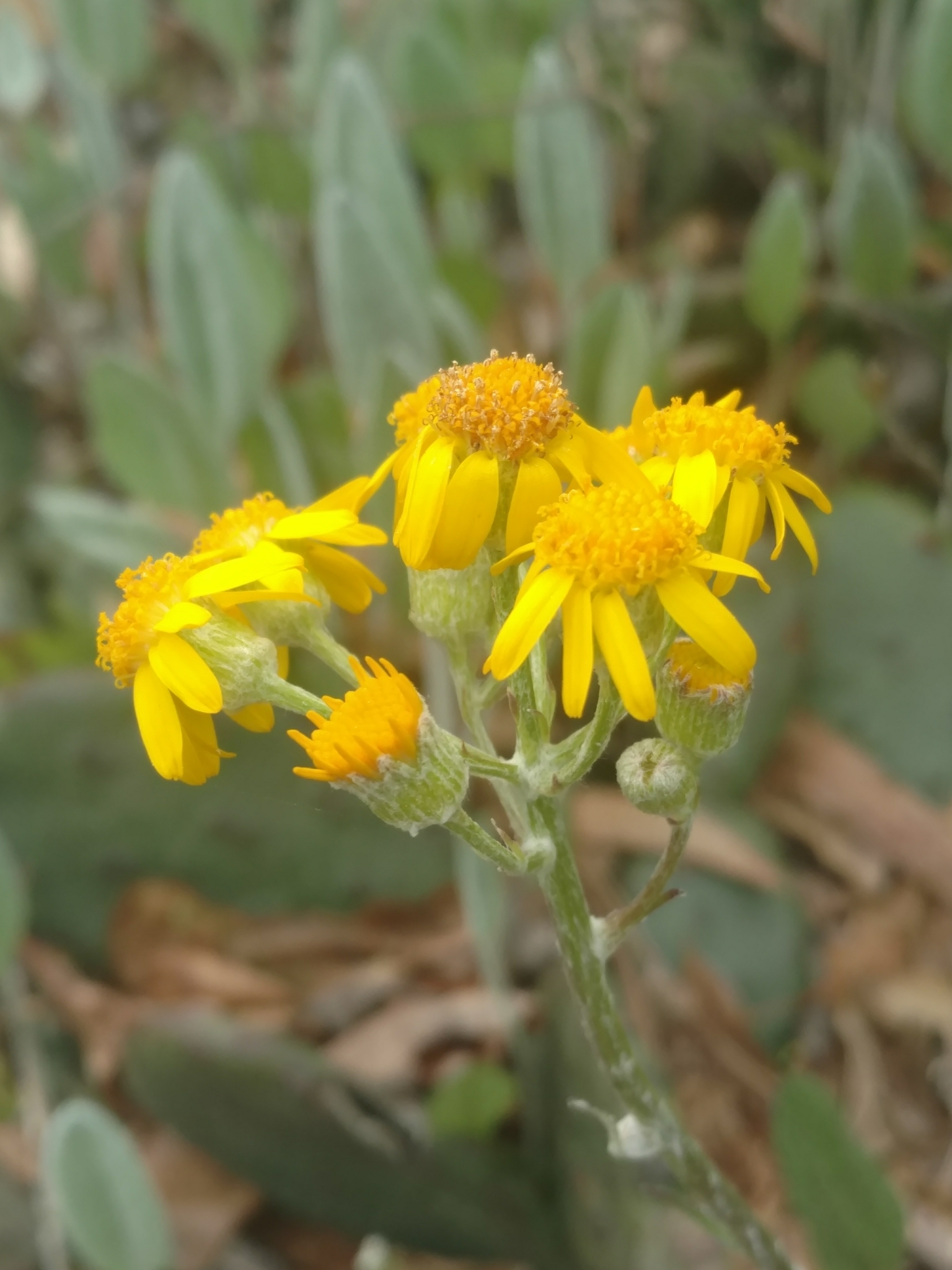Map Snapshot










155 Records
Relationships
Leaves are mined by the moth Phyllocnistis insignis.
Seasonality Snapshot
Use of media featured on Maryland Biodiversity Project is only permitted with express permission of the photographer.
Woolly Ragwort blooming in Worcester Co., Maryland (4/20/2013).
View Record Details
Media by
Jim Brighton.
Woolly Ragwort blooming in Dorchester Co., Maryland (4/30/2006).
View Record Details
Media by
Wayne Longbottom.
Woolly Ragwort blooming in Dorchester Co., Maryland (4/30/2006).
View Record Details
Media by
Wayne Longbottom.
The basal leaves of Woolly Ragwort in Worcester Co., Maryland (4/20/2013).
Media by
Jim Brighton.
The unopened flowers of Woolly Ragwort in Worcester Co., Maryland (4/20/2013).
Media by
Jim Brighton.
Woolly Ragwort in Worcester Co., Maryland (3/25/2017).
View Record Details
Media by
Ashley Bradford.
Woolly Ragwort in Worcester Co., Maryland (3/25/2017).
View Record Details
Media by
Ashley Bradford.
Woolly Ragwort in Caroline Co., Maryland (5/24/2014).
View Record Details
Media by
Jim Stasz.
Woolly Ragwort in Caroline Co., Maryland (4/23/2017).
View Record Details
Media by
Wayne Longbottom.
Woolly Ragwort in Caroline Co., Maryland (4/30/2017).
View Record Details
Media by
Wayne Longbottom.
Woolly Ragwort blooming in Worcester Co., Maryland (5/10/1982).
View Record Details
Media by
Jim Stasz.
Woolly Ragwort in Caroline Co., Maryland (5/7/2017).
View Record Details
Media by
Wayne Longbottom.
Woolly Ragwort in Worcester Co., Maryland (5/30/2019). (c) Deborah Barber, some rights reserved (CC BY-NC).
View Record Details
Media by
Deborah Barber via iNaturalist.
Woolly Ragwort in Wicomico Co., Maryland (5/4/2019). (c) Ashley M Bradford, some rights reserved (CC BY-NC).
View Record Details
Media by
Ashley Bradford.
Woolly Ragwort in Wicomico Co., Maryland (5/4/2019). (c) Ashley M Bradford, some rights reserved (CC BY-NC).
View Record Details
Media by
Ashley Bradford.
Woolly Ragwort in Wicomico Co., Maryland (5/4/2019). (c) Ashley M Bradford, some rights reserved (CC BY-NC).
View Record Details
Media by
Ashley Bradford.
Woolly Ragwort in Caroline Co., Maryland (4/20/2020). (c) Wayne Longbottom, some rights reserved (CC BY-NC).
View Record Details
Media by
Wayne Longbottom.
Source: Wikipedia
| Packera dubia | |
|---|---|

| |
| Scientific classification | |
| Kingdom: | Plantae |
| Clade: | Tracheophytes |
| Clade: | Angiosperms |
| Clade: | Eudicots |
| Clade: | Asterids |
| Order: | Asterales |
| Family: | Asteraceae |
| Genus: | Packera |
| Species: | P. dubia
|
| Binomial name | |
| Packera dubia (Spreng.) Trock & Mabb.
| |
| Synonyms[1] | |
| |
Packera dubia, synonym Packera tomentosa, is a species of flowering plant in the composite family.[1] It is known by the common name woolly ragwort. It is native to the Southeastern United States, primarily to the coastal plain but extending into some areas inland.[2] Its preferred habitat is open, sandy areas and granitic outcrops. It is common throughout its range.[3]
Packera dubia is a perennial that produces a head of yellow flowers in late spring. Its seeds have been shown to have varying masses within a single head of flowers, perhaps as an adaptation for better dispersal in disturbed habitats.[4]
References
[edit]- ^ a b "Packera dubia (Spreng.) Trock & Mabb". Plants of the World Online. Royal Botanic Gardens, Kew. Retrieved 2023-03-25.
- ^ "Flora of the Southern and Mid-Atlantic States".
- ^ Flora of North America
- ^ Leverett, L. D. and Jolls, C. L. (2014), "Cryptic seed heteromorphism in Packera tomentosa (Asteraceae): differences in mass and germination". Plant Species Biology, 29: 169–180. doi:10.1111/1442-1984.12011.
